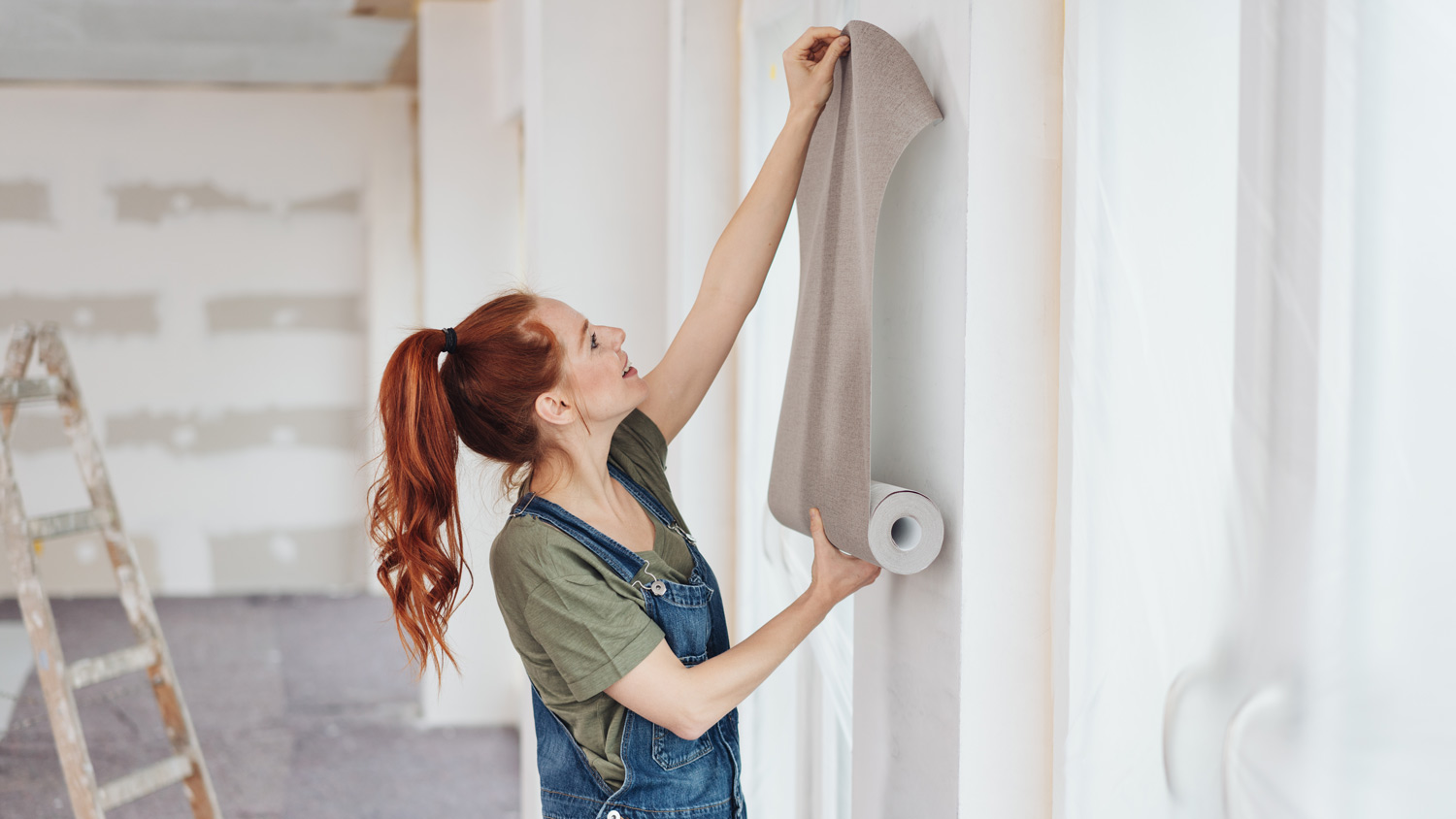
Discover wallpaper installation cost. Learn about material, labor, and project factors to estimate your budget and make informed choices for your home.
You want to give your walls a facelift, not a chemical peel


Peel-and-stick wallpaper is meant to be easy to apply and remove.
Proper application helps to ensure the wallpaper comes off without damage.
Removing or changing peel-and-stick wallpaper gives you a simple way to update a room.
If you want to give a room a new look but don't want to mess around with paint or traditional wallpaper, peel-and-stick wallpaper can be the way to go. Available in bold patterns, interesting textures, and fun colors, temporary wallpaper can be ideal for renters or anyone who wants to update their space without the commitment. Peel-and-stick wallpaper is removable, provided you follow the right steps.
Peel-and-stick wallpaper is designed to be removable, and most types will lift off the wall without pulling away the paint beneath or causing damage. The wallpaper itself has an adhesive backing that holds on to the wall but then removes cleanly without leaving behind a residue.
.jpg?impolicy=leadImage)
Why choose peel-and-stick wallpaper over traditional wallpaper? For one thing, peel-and-stick products tend to be much easier to install, making it a relatively DIY-friendly project. Of course, if you're not feeling confident in your wallpapering abilities, you can always hire a professional wallpaper installer to do the work for you, ensuring that the paper is neat and even.
Peel-and-stick wallpaper is a great option if you don't want to commit to a particular pattern or color or if you're not sure how long you'll be living in a rental. If you are renting, be sure to double-check your lease or with your landlord to make sure they're okay with you decorating the wall.
Easy removal actually starts with proper installation. Before applying the wallpaper, make sure the wall is clean and smooth. Dust or vacuum the wall's surface, then wipe it clean with a soapy sponge or cloth. Finally, rinse the wall to remove any soapy residue, then dry it.
To minimize damage to the walls when it's time to remove the paper, don't apply it to freshly painted walls. If the paint hasn't had enough time to cure, it's possible that it will lift off when you remove the peel-and-stick paper.
When installing the wallpaper, have a friend help you, as it can be tricky to hold the paper level and remove the backing at the same time. Use a smoothing tool to eliminate any air bubbles and ensure that the paper fully adheres to the wall.
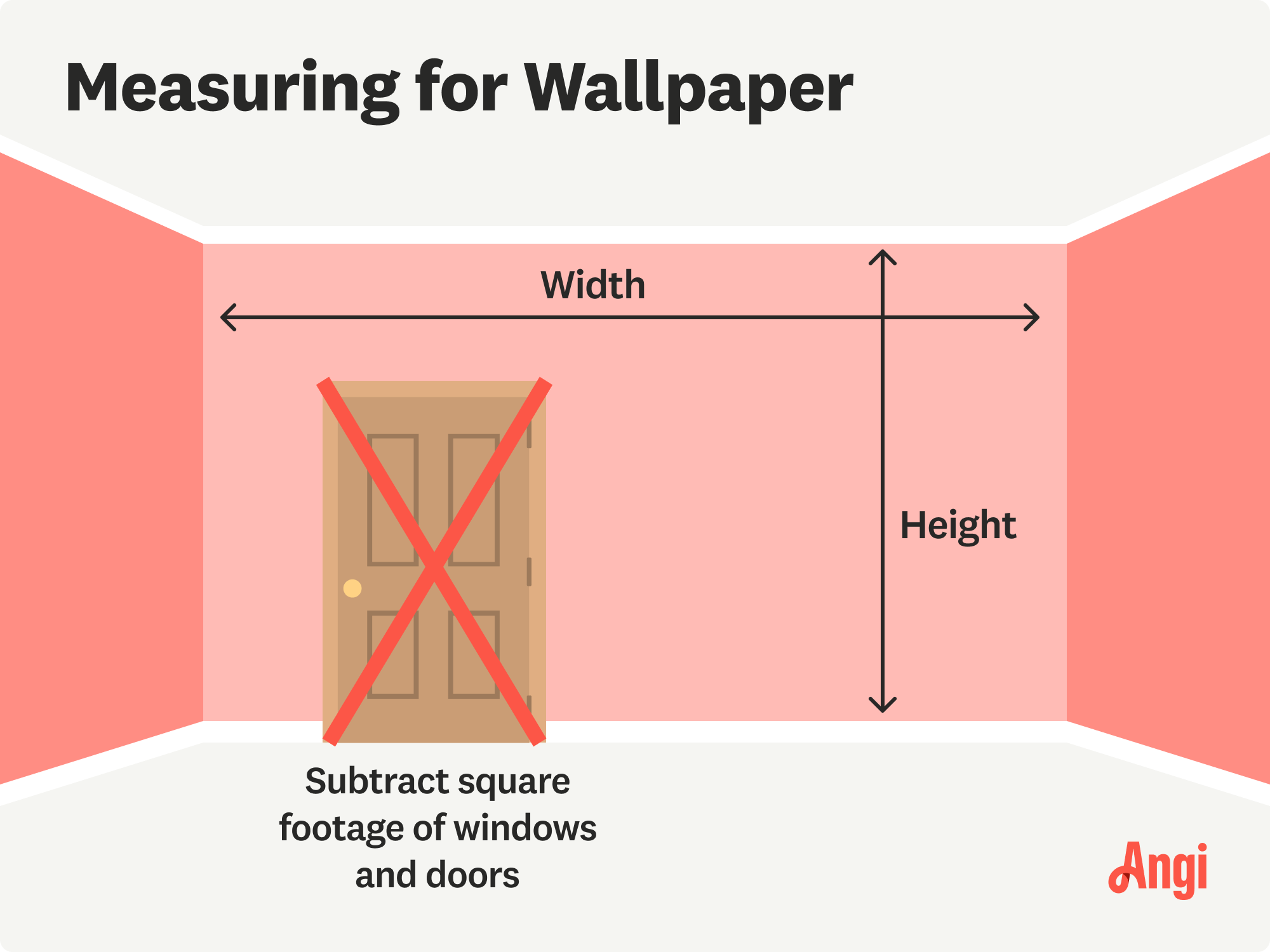
When you're ready to change up the look in a room or are just tired of the paper's design, removal is relatively simple. Start in the upper corner of the wall again. Loosen the corner of the wallpaper, then slowly peel it off the wall, moving diagonally.
If you encounter any resistance when pulling off the paper, try blotting it with warm, soapy water to help loosen the adhesive. Another option is to use a hairdryer or small clothes steamer to heat up the adhesive and help it pull away.
From average costs to expert advice, get all the answers you need to get your job done.

Discover wallpaper installation cost. Learn about material, labor, and project factors to estimate your budget and make informed choices for your home.

Wallpaper can be eye-catching and unique, but installing it is tricky. Use this guide to know who to hire to install wallpaper in your home.
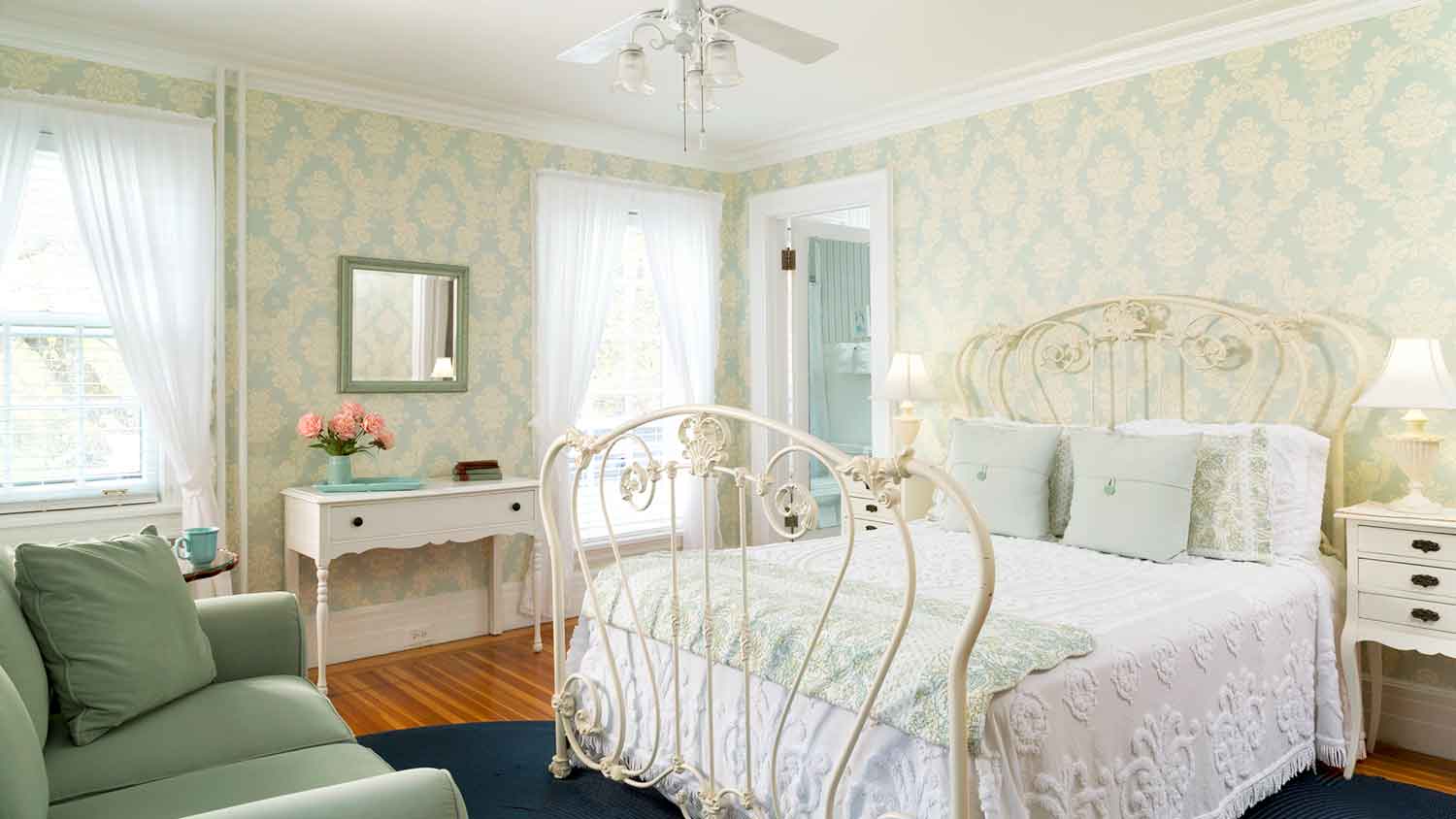
You can wallpaper over painted wallpaper if the wall is smooth and damage-free so that the newest layer can adhere well to it.
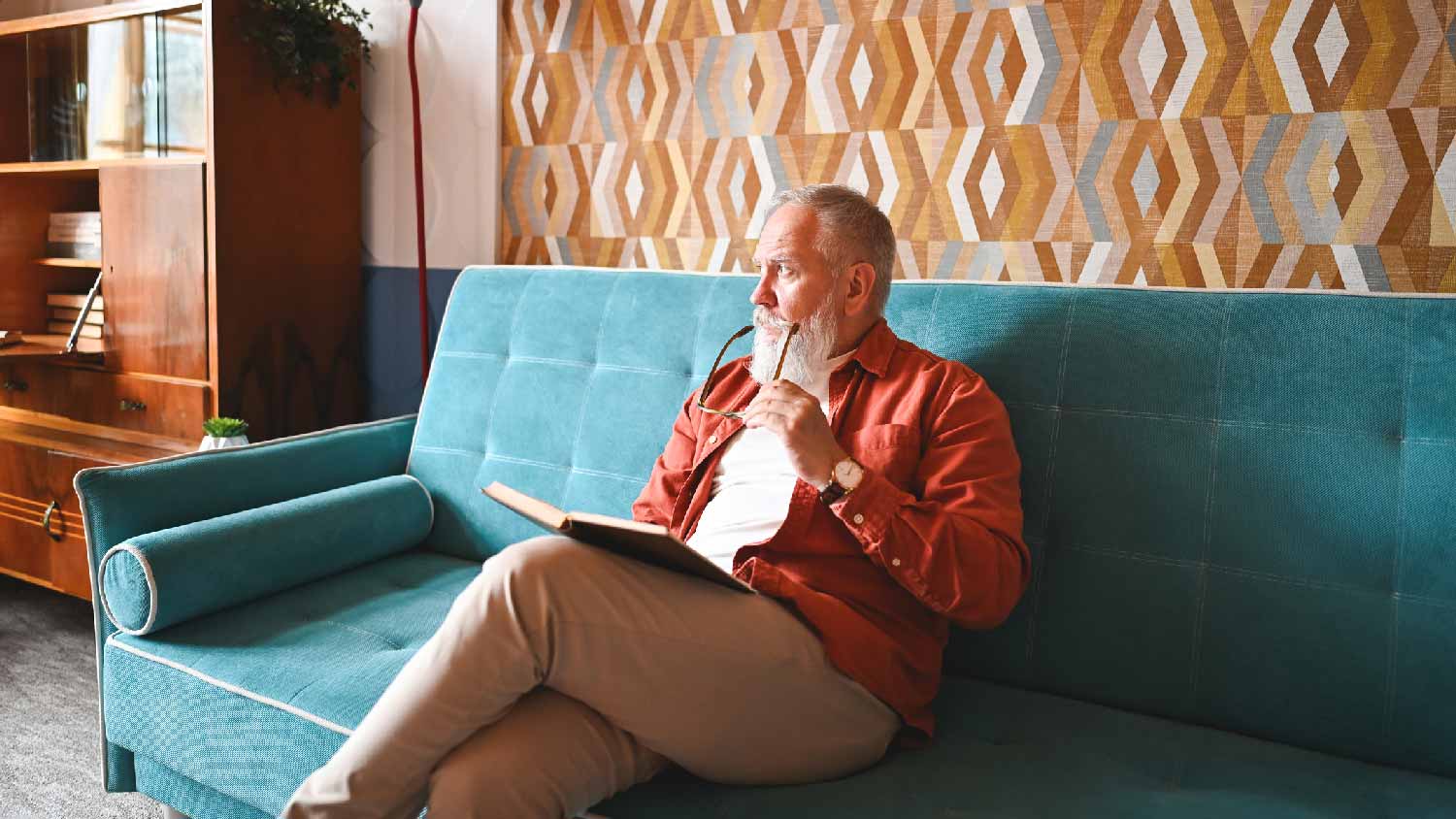
After ripping out old wallpaper, you may be left wondering, “How do I remove wallpaper paste from the walls?” Here’s how to get rid of old wallpaper glue.
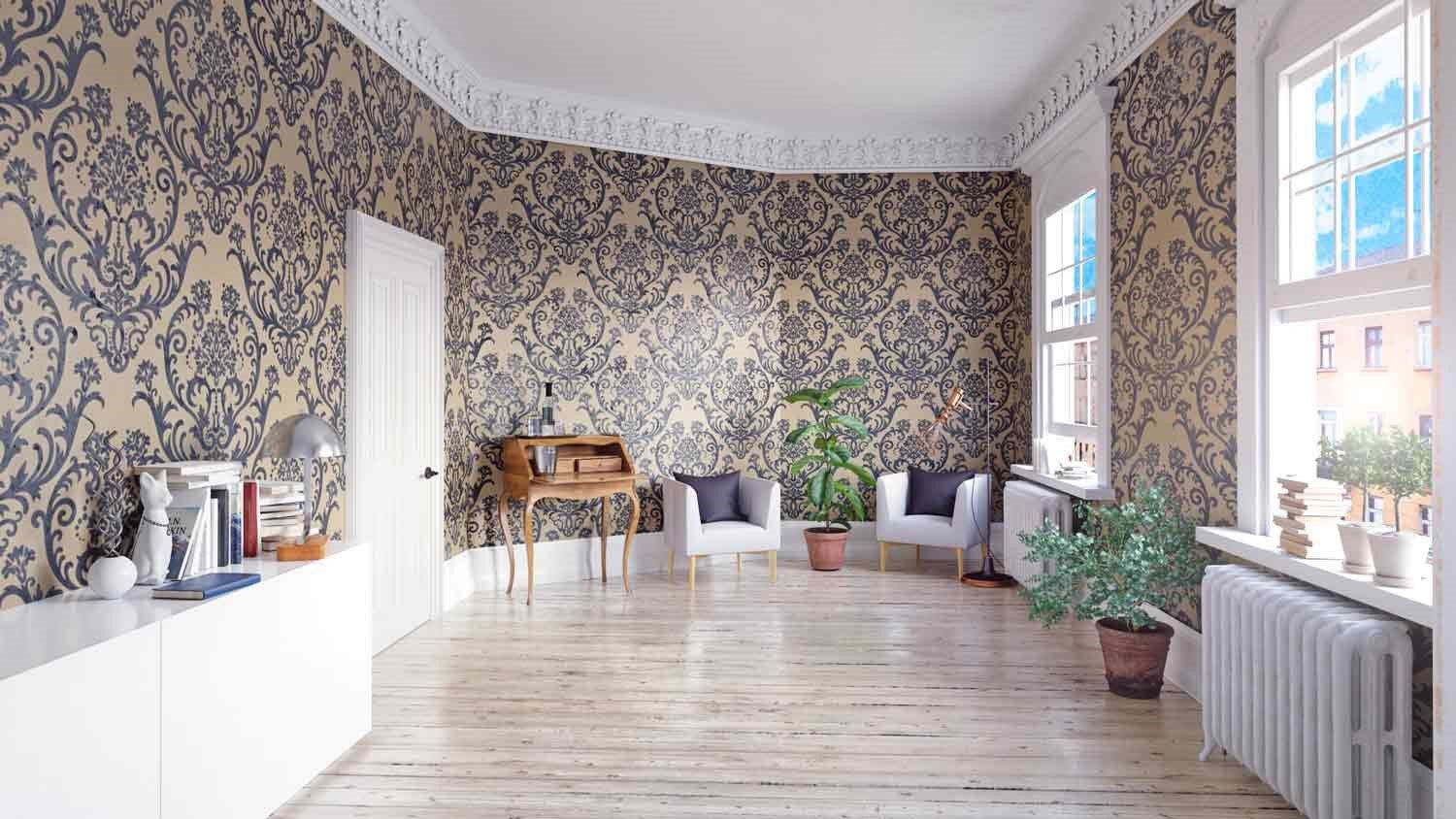
Wallpaper can quickly refresh a room. Wondering "how much wallpaper do I need?" This wallpaper calculator will help you figure it out.

Struggling to choose between wallpaper versus paint for your interior space? Learn how these options compare and which is best for your next project.